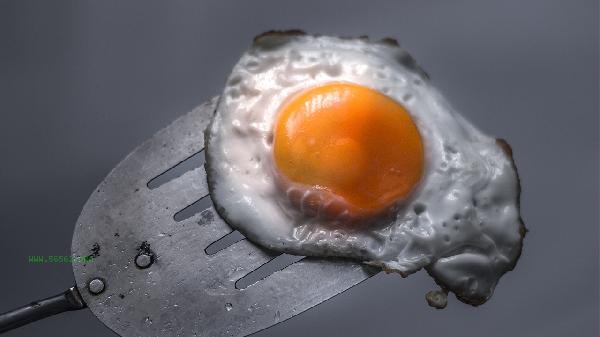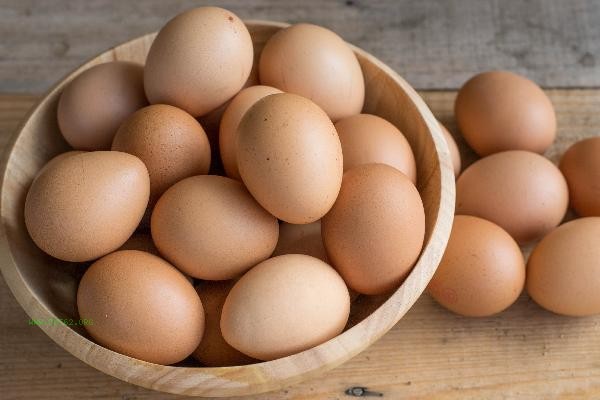Green beans and eggs can be boiled together, and their combination can supplement high-quality protein, promote iron absorption, and provide antioxidants. Green beans are rich in dietary fiber and plant protein, while eggs contain lecithin and vitamin D. When combined, they complement each other's nutrition and are suitable for people with summer heatstroke or weak constitution to consume. When mung beans are boiled together with eggs, the dietary fiber in mung beans helps to slow down the rise of blood sugar, and its potassium element can neutralize the sodium in eggs and balance electrolytes. The amino acid pattern of egg protein is close to the human body's requirements, which can compensate for the lack of methionine in mung bean protein and improve overall protein utilization. The polyphenolic substances contained in mung bean skin combine with lecithin in egg yolk, which can enhance the ability to eliminate free radicals and have a certain protective effect on cardiovascular health. This combination is particularly beneficial for people with iron deficiency anemia, as the absorption rate of non heme iron in mung beans is increased under the promotion of egg cysteine. In special circumstances, individuals with weak digestive function may experience bloating, as the combined action of mung bean oligosaccharides and egg protein may increase the burden on the gastrointestinal tract. The trypsin inhibitor in mung beans may interfere with protein digestion in eggs. It is recommended to soak mung beans in advance or extend cooking time to destroy anti nutritional factors. People with renal insufficiency need to control their intake, as both contain high levels of purine and protein, and their metabolites may increase renal pressure. Some people are allergic to eggs or beans, and mixed consumption may trigger cross allergic reactions. The first attempt should be taken in small amounts.

When consuming mung bean and egg soup, it is recommended to pair it with vegetables and fruits rich in vitamin C, such as broccoli or kiwifruit, to further enhance iron absorption. Soak mung beans in cold water for at least two hours before cooking, and simmer them in a clay pot over low heat until the skin cracks, avoiding nutrient loss caused by high temperature and fast cooking. People with physical deficiency and cold can add a small amount of ginger tablets to adjust the coolness of mung beans. People with diabetes should reduce the cooking time of mung bean soup to retain more resistant starch. Eating two to three times a week can meet nutritional needs, and excessive intake may affect the diversity of other food intake.










Comments (0)
Leave a Comment
No comments yet
Be the first to share your thoughts!